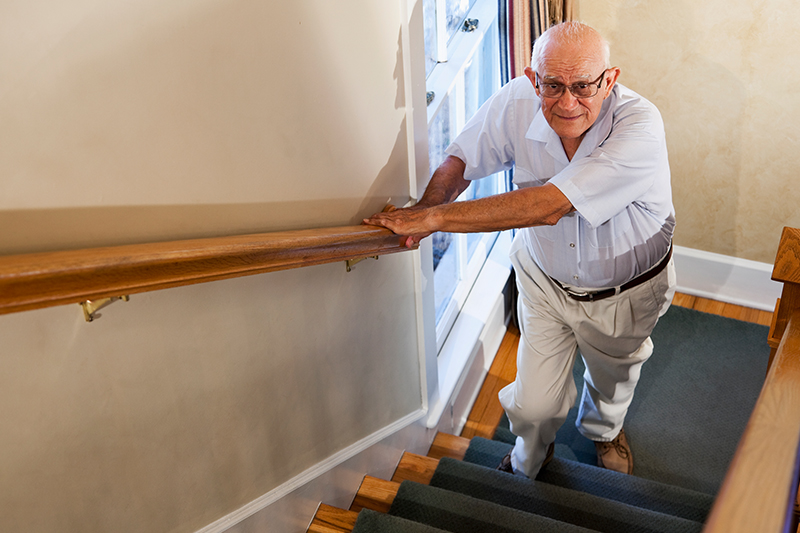
Benjamin Franklin certainly had it right: An ounce of prevention really is worth a pound of cure. When it comes to noticing and addressing elderly mobility issues, prevention is a must. Falls in older adults result in 3 million emergency room visits, 300,000 hip fractures, and 32,000 deaths each year, according to the CDC.
Preempt a tragedy by keeping an eye out for these warning signs of increasing elderly mobility issues in seniors:
One simple and effective option to evaluate mobility and fall risk in older adults is the TUG (Timed Up and Go) test. The test should be carried out on a consistent basis. Here is all it will require:
Be sure to stand close by while the older adult performs the test to provide support if necessary. Track the results during a period of time and share with the person’s doctor for guidance. Find more information on the test along with a downloadable one-page assessment sheet here.
If you pick up on some of these signs of elderly mobility issues, it’s time to have a frank conversation with the senior. Let the person know you are concerned, and schedule an appointment for a check-up with the doctor. The utilization of some simple mobility aids might make a world of improvement in maintaining safety and independence.
Connect with Help at Home Senior Care at (775) 507-3111 for additional fall prevention strategies for older adults and to learn about the many ways we can help improve quality of life for a senior you love. We proudly offer our customized in-home care in Reno and nearby communities.
